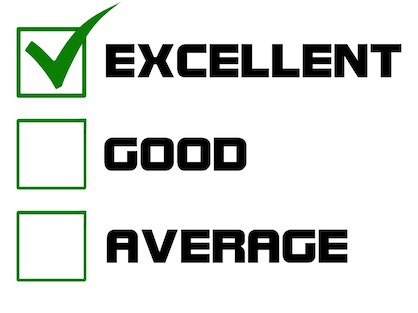Subscribe to my newsletter and get your free ebook: The Art and the Alchemy of Writing
Check Your Paper for Errors.
You’ll be Glad You Did

Check your paper for errors. Chances are high that you’ll find some. Develop great strategies for catching them. First, what type of paper have you written? If it’s an essay, look at your thesis statement. This statement tells the reader what to expect in your paper. Make sure you’ve understood your statement. If you didn’t, your paper will be vague and will miss the point.
Recall that…
The thesis statement should be one sentence, two at the most. It should also be specific and show which side you’re on regarding the issue. Your thesis statement should contain tension. One way of doing this is to use sentences that are less simple (Corbyn).
In order to successfully check your paper for errors, recall the four popular types of essays. They are the…
- Narrative
- Descriptive
- Argumentative
- Expository
Which one of these have you written?
- A narrative essay focuses on telling a story. It could be from a personal experience or an imaginative one. Strong emphasis is placed on creativity.
- A descriptive essay focuses on describing a person or object. It can be somewhat narrative but the main point is that it’s focused on description.
- An argumentative essay is when you must present evidence for your argument. You must convince a reader of your stance.
- The expository essay focuses on how well you investigate an idea and balance your view of the topic.
Make sure you have identified clearly which type of essay you have. If it is not clear, you’ll need to make sure it is.
Recall that your essay has an introduction, a body, and a conclusion. Does your introduction introduce your thesis and the supporting ideas? Check to make sure that your body paragraph(s) supports your idea or argument and gives a general statement, moves on to the specific and ends with an example. Recall that the body carries your argument. When you check your paper for errors, make sure your conclusion restates your thesis and sums up the points you made in the body. Does it bring your paper to a logical conclusion? Is it coherent and convincing?
Check your paper for errors by paying attention to the word count. Is it consistent with what your instructor says it should be? Trim some words if it’s above what it should be, and add some words if it’s below. However, be careful with subtracting and adding. You don’t want to cut so much that it takes away some of the meat from your essay. On the other hand, you don’t want to add words that are meaningless, leaving the reader confused.
Reread your paper a few times. You’re looking for different things, as suggested by the above items. This time around, though, you might focus on words or sentences that your spell checker flagged. It is not always right, neither is it always wrong. Investigate thoroughly those flags. In the next pass, you might see mistakes in sentence structure. The subject and verb may not agree: Mary carry the dog to the vet. Of course, it should be Mary carries the dog to the vet.
More on How to Check Your Paper for Errors

Here are a few common grammatical errors. Be on the lookout for more. Learn to spot them at a glance.
- There and their
- Lose and loose
- Your and you’re
- Chose and choose
- Its and it’s
- To and too
Make sure your paper stays on topic. It’s easy to start an appropriate topic, and when it reminds you of something else, you begin to write about that “something else.” It may be interesting, but it doesn’t belong. Stay on point.
Check your paper for errors by making sure you have avoided using offensive or defamatory language. Also, avoid using slang. Many readers might not be hip to it. Get my drift?
Check Your Paper for Errors by Paying Attention to Citing and Paraphrasing

Have you cited an author’s work? Have you given proper attributes? Recall the most common styles: APA, MLA, and Chicago Manual of Style. Review these to determine if you have cited them correctly. You may have also paraphrased an author. It’s important to review this also.
Paraphrasing is restating a passage by putting it into your own words. The meaning of the author’s passage remains the same, but by putting it in your own style, you let your voice shine through. You avoid plagiarizing by citing the source (McCombs, 2021).
When you want to check your paper for errors, it may be a good idea to let a colleague have a look at it. She may be able to see errors that you’ve missed. She may focus on areas that you did not. Fresh eyes can go a long way.
Corbyn, Joe. Essay Writing: A Reference Guide to Organizing and Writing Argumentative Essays, Classification Essays, Process Essays, and More (Page 18) . . . e-book ed., 2020.
McCombes, S. (2021, September 20). How to Quote in Academic Writing. Retrieved January 7, 2022, from https://www.scribbr.com/citing-sources/how-to-quote/













